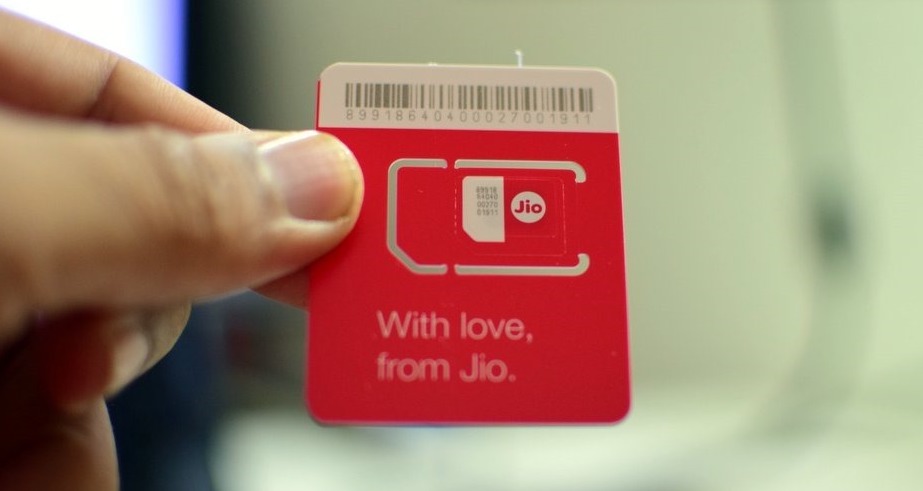The scan to BIM process involves a laser scanner capturing the exact 3D scan of a project. The data from the scan is thereafter imported into a 3D modeling environment and used to create as-built models. What is scan to BIM?
Scan to BIM (Building Information Management) is the process of using a 3D laser scan on a physical surface or area. This scan helps to derive an accurate digital representation. After deriving this digital representation, it can be used for assessing progress, designing, and evaluating options.
The scanning process comes in three phases:
- Receiving data with a 3D laser scanner
- Taking the data to the design office
- Using the data in the BIM process
How 3D laser scanning is useful to contractors

Contractors can use 3D laser scanning to collect as-is conditions on a project site as fast as possible. It helps to provide the latest and accurate data that is useful for all the construction and design stages. The data is also used to verify as-built models, detect project progress, create as-built models, or expand missing data from the design stage.
Projects now require contractors to send in a point cloud as a final project deliverable. This point cloud helps to document the location of the new construction. By using scan to BIM, you’re able to create an accurate 3D digital representation of the building within a short time. Scan to BIM reduces human error that would have been possible if done manually. Information is shared faster because it takes a short time to complete. Also, it’s accurate information, so there’s no wasting time.
Solution to sharing a point cloud online
It never gets easy to share large files. However, cloud technology creates that ease. Right now, the best way to share point cloud files is to use the point cloud sharing solution by Atis.cloud. This solution allows you to view, share, and process 3D data of many terabytes. With Atis.cloud, you can manage the access authorizations of employees. It could be between full access level and partial access level.
The first step to sharing data on the cloud is to register on the platform. With cloud-based solutions, you can register faster and start the sharing process. Also, there’s a direct transfer without difficulty. All the data that you’re sharing is encrypted, and when shared, the system takes permission first.
Connecting the Scan to BIM to the data
Once your project is based on the BIM, there’s a Common Data Environment (CDE) where data from projects are stored. These data include calculations, plans, graphs, documents, contracts, or models. These cloud solutions are safer than regular cloud storage. That’s because it performs certain functions that other cloud providers can’t perform. Also, there are unique features of these cloud solutions. For instance, you can open any 3D browser without using special software. The CDE connects the project team with the data right from the design stage to the other stages. It also gives team members access to easy and more frequent access sharing and straightforward access into other cloud-based workflows.








